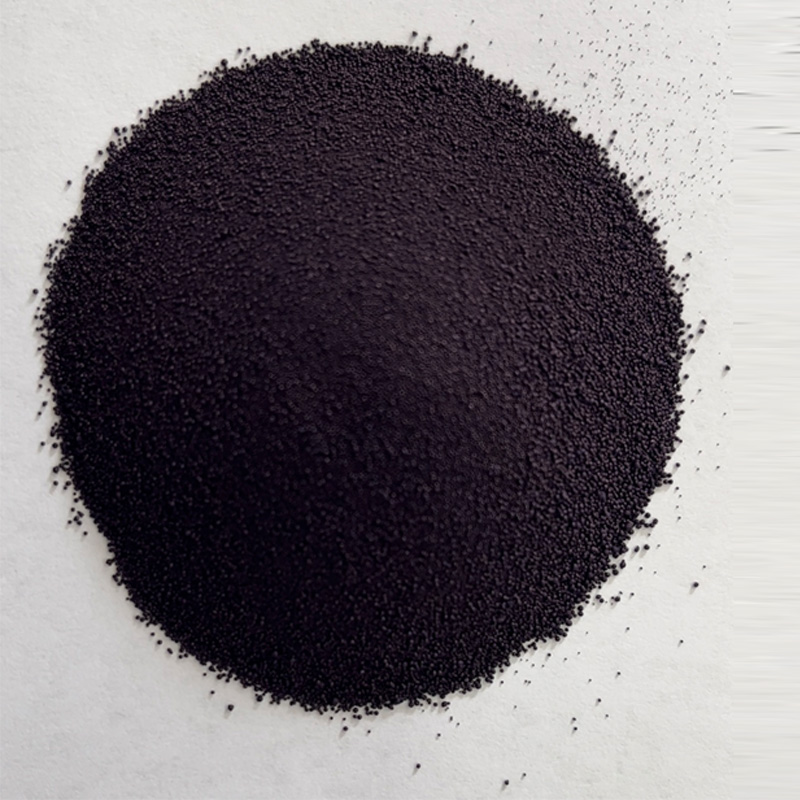China's Role in the Global Sulfur Dyes Market and Its Environmental Impacts
Understanding China’s Dominance in Sulfur Dyes
The global textile industry has undergone significant transformations in response to environmental concerns and evolving consumer preferences. One of the critical components of this industry is the use of dyes, with sulfur dyes playing a pivotal role. China stands out as a global leader in the production and export of sulfur dyes, primarily due to its extensive manufacturing capabilities, cost-effectiveness, and continuous innovation. This article delves into the significance of sulfur dyes, the driving forces behind China’s dominance in this sector, and the challenges ahead.
What Are Sulfur Dyes?
Sulfur dyes are organic compounds used primarily for dyeing cellulose fibers, such as cotton. Renowned for their excellent lightfastness, wash fastness, and resistance to solvents, these dyes are particularly popular in dyeing denim and other casual fabrics. Sulfur dyes are generally applied through a reduction process, rendering them soluble in water, which allows them to penetrate textile fibers effectively. Once introduced to the fabric, a reoxidation process restores the dye to its original form, allowing it to bond robustly with the fiber, resulting in vibrant colors.
China’s Role in the Sulfur Dye Market
China has emerged as a powerhouse in the production of sulfur dyes, accounting for a significant share of the global market. Several factors contribute to this dominance
1. Robust Manufacturing Infrastructure China boasts an extensive network of manufacturing facilities equipped with advanced technologies, enabling high-volume production of dyes. This infrastructure supports the efficient scaling of sulfur dye production, making it possible to meet international demand promptly.
2. Cost Competitiveness The cost of labor and raw materials in China remains comparatively lower than in many Western countries. This advantage allows Chinese manufacturers to produce sulfur dyes at competitive prices, appealing to both domestic and international buyers. As a result, China can supply bulk quantities of dye without significantly compromising on quality.
3. Research and Development Investment in R&D has become a cornerstone of China’s chemical industry. Chinese companies are actively working on improving dye formulations to enhance performance features, such as eco-friendliness and sustainability. Innovations in dyeing techniques are also being explored to reduce water and energy consumption during the dyeing process, aligning with global sustainability trends.
4. Export Powerhouse With an established export network, China is not only meeting domestic textile demands but also shipping sulfur dyes worldwide. Major markets include Europe, North America, and Southeast Asia, where Chinese manufacturers have built strong relationships with textile producers.
china sulfur dyes

Environmental Considerations and Challenges
Though China’s dominance in sulfur dye production is notable, it is crucial to address the environmental implications associated with dye manufacturing. Traditional dyeing processes can lead to the generation of significant waste and effluents, which pose risks to water quality and public health. As global consumers grow more environmentally conscious, there is pressure on manufacturers to adopt more sustainable practices.
In response, the Chinese government and industry stakeholders are increasingly prioritizing green chemistry and sustainable manufacturing processes. This includes the development of non-toxic and biodegradable dyes, as well as technologies aimed at reducing waste and emissions.
Moreover, the competition is intensifying, not just from other Asian manufacturers but also from countries that are adopting stricter environmental regulations. This environment may push Chinese manufacturers to innovate further to maintain their competitive edge.
Future Prospects
Looking ahead, the sulfur dye market in China is poised for growth, especially as textile manufacturers worldwide continue to seek cost-effective and reliable dye solutions. The ongoing drive toward sustainability will likely influence the sector’s trajectory, prompting further innovations in dye chemistry and application methods.
Additionally, as emerging economies increase their manufacturing bases, they may seek to replicate the Chinese model, bolstering competition in the sulfur dye market. For established Chinese manufacturers, this scenario presents an opportunity to leverage their expertise and innovation capabilities to not only maintain their market share but to lead the transition toward more sustainable practices in the dyeing industry.
Conclusion
China's position as a leader in the sulfur dye market is underscored by its robust manufacturing capabilities, cost advantages, and commitment to innovation. However, balancing environmental considerations with industry demands will be crucial for maintaining this dominance. As the global landscape evolves, China's response to these challenges will shape the future of sulfur dyes, influencing both the textile industry and environmental sustainability practices around the world.
-
The Timeless Art of Denim Indigo Dye
NewsJul.01,2025
-
The Rise of Sulfur Dyed Denim
NewsJul.01,2025
-
The Rich Revival of the Best Indigo Dye
NewsJul.01,2025
-
The Enduring Strength of Sulphur Black
NewsJul.01,2025
-
The Ancient Art of Chinese Indigo Dye
NewsJul.01,2025
-
Industry Power of Indigo
NewsJul.01,2025
-
Black Sulfur is Leading the Next Wave
NewsJul.01,2025

Sulphur Black
1.Name: sulphur black; Sulfur Black; Sulphur Black 1;
2.Structure formula:
3.Molecule formula: C6H4N2O5
4.CAS No.: 1326-82-5
5.HS code: 32041911
6.Product specification:Appearance:black phosphorus flakes; black liquid

Bromo Indigo; Vat Bromo-Indigo; C.I.Vat Blue 5
1.Name: Bromo indigo; Vat bromo-indigo; C.I.Vat blue 5;
2.Structure formula:
3.Molecule formula: C16H6Br4N2O2
4.CAS No.: 2475-31-2
5.HS code: 3204151000 6.Major usage and instruction: Be mainly used to dye cotton fabrics.

Indigo Blue Vat Blue
1.Name: indigo blue,vat blue 1,
2.Structure formula:
3.Molecule formula: C16H10N2O2
4.. CAS No.: 482-89-3
5.Molecule weight: 262.62
6.HS code: 3204151000
7.Major usage and instruction: Be mainly used to dye cotton fabrics.

